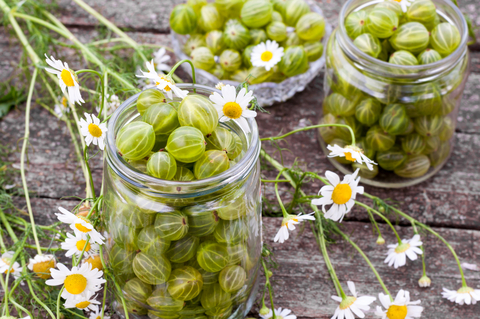
In collaboration with Mercury Packaging.
In days gone by, before the widespread uptake of health and safety concerns, food packaging could well contain many substances that were harmful to human beings of which we were largely unaware. But as recently as 2014, the Food Packaging Forum of Zurich found evidence of 175 dangerous chemicals in packaging, which, it said, could leach into the encased foods and could affect hormone production, sperm count, and growth. However, the UK Food Standards Agency sought to reassure consumers by stating that all food packaging meets European standards and that any chemicals are used within set ‘limits or restrictions’. So should we be more concerned about this issue?
Chemicals and other toxic substances found in packaging
Here are a few examples of some of the chemicals that are bad for us:
- Bisphenol A – sometimes found in reusable plastic food containers and the lining of some drinks cans. Exposure to BPA has been shown to have a link to breast cancer.
- Phthalates – linked to cancer and male infertility, these are found in some plastic food containers.
- Styrene – a component of Styrofoam disposable food trays and drinks containers, like coffee cups. The styrene can leach into food when heated and is possibly carcinogenic.
- PVC – used in the production of food packaging and can release vinyl chloride into the air or wastewater during production. It has long had a reputation for being carcinogenic, particularly among workers involved in its manufacture. PVC is especially toxic if it catches fire.
- Benzophenones – component of printing inks and plastics that are used for food wrapper coatings.
Ironically, European regulations state that these chemicals – which come under the criteria of ‘substances of very high concern’ – should be registered and authorised for use, as they are in toy manufacture but not in food packaging production.
How you can protect yourself from harmful chemicals
- Don’t drink out of a plastic or Styrofoam container if you can help it – transfer to a mug or glass. Don’t heat up food in plastic or coated paperboard containers – place takeaway food onto a proper plate.
- In the home, store foodstuffs like flour and sugar in glass, steel or ceramic containers and never in plastic containers.
- Buy food from markets or natural food stores when possible and bring it home in your own cotton or linen shopping bags – avoid plastic bags.
- When shopping for meat products and pies, for example, buy from a local butcher whenever possible as they will be sold ‘loose’, not packaged.
- Avoid cans, cartons and plastics whenever you possibly can but otherwise keep them away from heat sources in order to prevent leakage of chemicals from their linings into the contents.
 Over the last few years many studies have shown the obvious connection between chemicals in food packaging and the effect on human health; one US study proved that by avoiding plastics and eating mostly fresh food, the levels of chemicals in the body could fall by more 50%.
Over the last few years many studies have shown the obvious connection between chemicals in food packaging and the effect on human health; one US study proved that by avoiding plastics and eating mostly fresh food, the levels of chemicals in the body could fall by more 50%.
So if it is not possible to avoid packaging altogether, at least limiting your exposure to it will be beneficial to health in the long term.
Guest post supplied by Mercury Packaging, leading UK food packaging printers and designers.

A very interesting post, and of course quite alarming,as it is so difficult to avoid packaging. Taking food out of plastic containers before heating is however something we can all do quite easily; a bit more washing up won’t kill us. Great advice on avoiding the nasties; thanks!
Blog Post: Could there be toxins in your food packaging? https://t.co/tWbfAk2lo8 In collaboration with Mercury Packaging
Blog Post: Could there be toxins in your food packaging? https://t.co/tWbfAkjWMI In collaboration with Mercury Packaging.